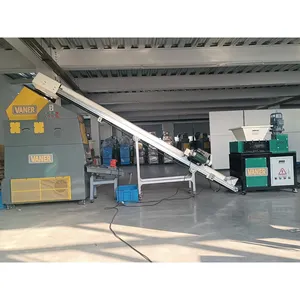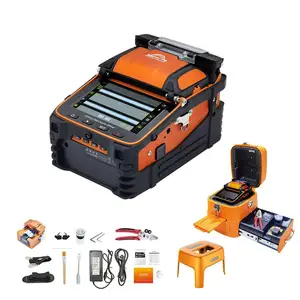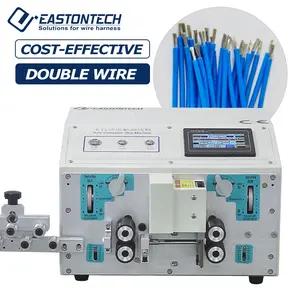Introduction to Splicing Machines in India
India's telecommunications and networking sectors have seen a significant rise in the deployment of optical fibers, necessitating the use of fiber optic splicing machines. These devices are crucial for joining two or more optical fibers end-to-end, ensuring a seamless flow of light between them. The splicing machine in India market caters to a variety of models designed for precision and efficiency in fiber deployment.
Types of Fiber Optic Splicing Machines
There are primarily two types of splicing machines available in India: the single fiber splicing machine and the ribbon fiber splicing machine. The former is used for single fiber connections, which are common in less dense network areas, while the latter can splice multiple fibers at once, making it ideal for high-density regions or data centers.
Applications and Features
Fiber optic splicing machines are employed in various applications such as telecommunications, cable TV, and network construction. The optical fiber fusion splicer is a popular choice for its precision in aligning fiber optics before fusing. Features like loss estimation, and automatic arc calibration are integral to modern splicers, enhancing the accuracy and reliability of the connections.
Materials and Advantages
The construction of splicing machines involves high-quality materials that resist wear and tear, ensuring longevity. The advantages of using a splicing machine in India include improved signal quality, lower light loss, and minimal reflectance, which are critical for maintaining high-speed data transmission.
Choosing the Right Splicing Machine
Selecting the appropriate splicing machine involves considering factors such as the type of optical fiber, the environment of use, and the specific applications it will serve. While the portable fiber splicer is suitable for fieldwork, a more robust machine might be preferred for permanent installations in network facilities.
Maintenance and Care
Regular maintenance of a fiber optic splicing machine is essential to ensure its performance and longevity. This includes routine cleaning of the fiber holders, mirror checks, and battery management for those machines used in remote locations.












































 浙公网安备 33010002000092号
浙公网安备 33010002000092号 浙B2-20120091-4
浙B2-20120091-4